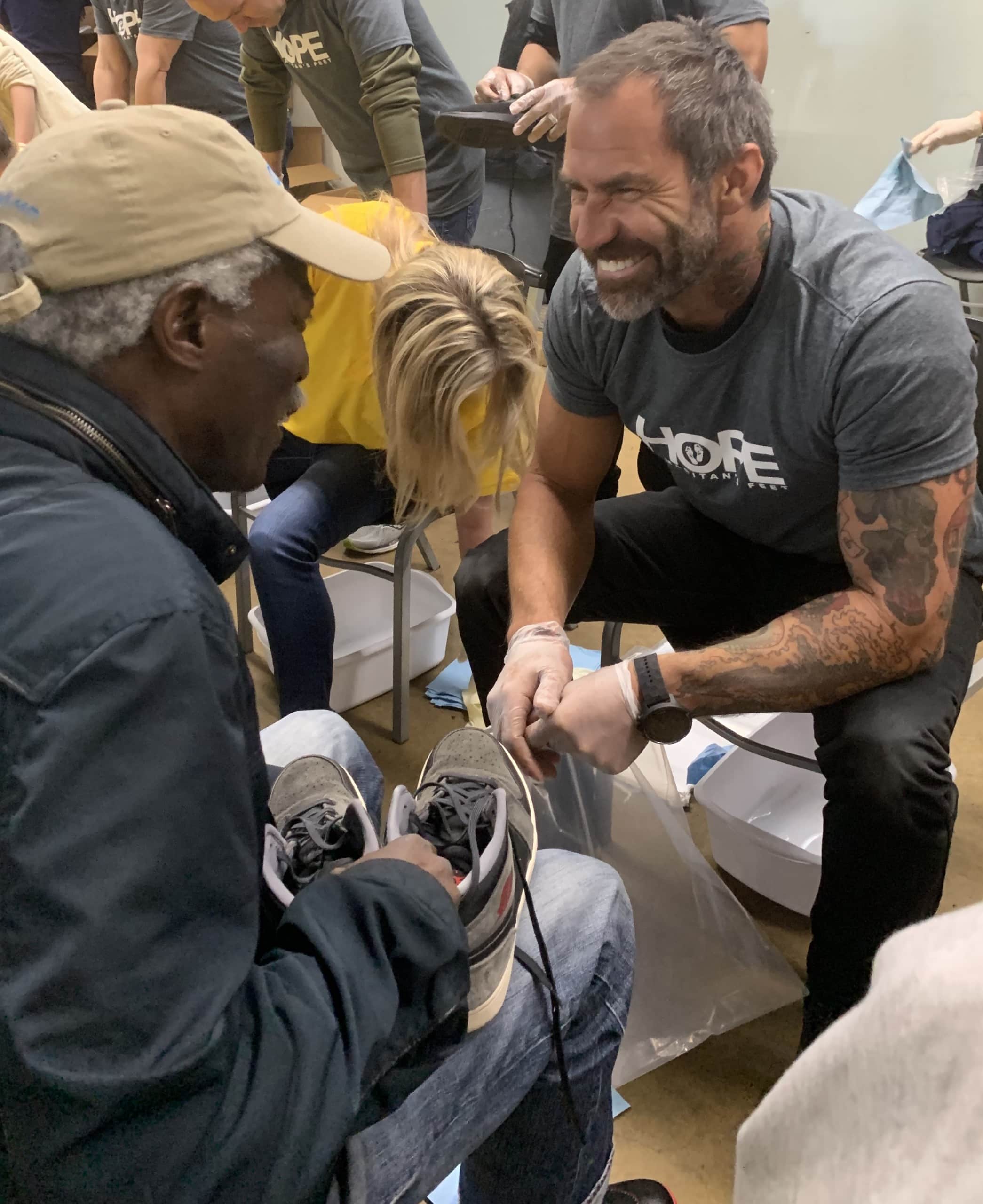By Damien Rider
Over the last few years, people have started becoming more aware of trauma and how it can affect an individual, a family, or a community. Understanding what trauma is and how it affects trauma survivors helps prevent suicide, increase access to resources, and even helps prevent new trauma from occurring and being passed on, which break the vicious cycle.
In this blog about trauma, we’re going to learn what trauma really means, different types of trauma, and what you should know about not only surviving trauma but processing the resilient strength a traumatic moment can offer. Along with your understanding of stress from our previous blog, this is to empower you to have a better understanding of mental health.
What is trauma?
“I can be changed by what happens to me. But I refuse to be reduced by it.”
― Maya Angelou
Trauma is the response to a distressing or disturbing event that interferes with your ability to cope, diminishes your sense of self-esteem, and limits the emotions and experiences that someone who’s experienced trauma feels capable to endure. Trauma can occur from a single, one-time event or from a prolonged series of many events over time and has the ability to leave long-lasting emotional, physical, or mental pain.
Different Types of Trauma
When it comes to trauma, there is no one size fits all. Each story is unique, and there are many ways trauma can manifest.
These can include:
● Cognitive: This kind of trauma affects the ability to process thoughts and make good judgments. Cognitive trauma can occur from a brain injury. It can also occur from events that made a person question their reality, such as being emotionally abused or gaslit.
● Emotional: People holding onto emotional trauma often go through overwhelming feelings of shame, guilt, fear, anger, and pain. All trauma has the ability to leave these kinds of emotions.
The most difficult challenge is when these feelings become personalized. Trauma survivors usually need to be able to express that what happened to them made them feel sad and angry. Still, they also may need to learn how to forgive themselves or understand that what happened cannot be changed and instead of blocking it out, process the events around the moment and how they got through it.
●Physical: Physical trauma can come from medical conditions, injury, or even manifest as physical pain due to intense emotional trauma over time.
Many people understand that a life-threatening illness would be difficult to deal with, but those who haven’t experienced this firsthand may not realize that it’s not only the physical pain but also the emotional shock that makes it traumatic.
●Social: The trauma affects relationships with spouses, family, friends, colleagues, and even strangers. Feelings of hyper vigilance and mistrust can occur and change the dynamic of social structures for trauma survivors.
Social trauma can also include collective traumas, which can happen to an entire community when a devastating event occurs.
What You Need To Know About Coping With Trauma
● Trauma is real, even if all the details can’t be recalled.
Trauma stored in our memory, which can include both explicit and implicit memory or even just implicit memory when a memory is repressed. Explicit memories can be recalled fairly easily, but implicit memories are fragmented or subconscious. Implicit memories can still affect human behavior even if all the details can’t be recalled.
Sometimes trauma survivors may not remember details of their trauma either due to being too young to remember, having a possible head injury, or the brain blocking out memories as a defense mechanism. Even without remembering all details, learning to understand and heal from trauma can be obtained by working on strengthening the nervous system and addressing behavior– both of which are addressed within this books’ approach.
● Victims aren’t the only ones who can experience suffering after tragedies.
In the aftermath of a tragedy, first responders, doctors, and even social workers can also experience feelings of sadness and anxiety and also need to take care of their well-being. It’s also important for spouses, family members, and close friends of trauma survivors to also understand the trauma that has occurred and seek support to take care of their mental health when they’re supporting a loved one. Understanding how the mechanics of this books’ lessons work and to be able to connect with survivors, helps allow these individuals to continue to move forward past the event with tools learned throughout these lessons.
● Trauma can alter the brain.
Each time we learn and have new experiences, different parts of our brains can become activated or even less activated.
Developmental trauma occurs early in life and disrupts normal sequences of brain development. As a result, other aspects of development such as emotional, physical, cognitive, and social are also impacted.
In the first years of life, the brain develops from the bottom upwards. Lower parts of the brain are responsible for functions dedicated to ensuring survival and responding to stress. Upper parts of the brain are responsible for executive functions, like making sense of what you are experiencing or exercising moral judgment.
Development of the upper parts depends upon prior development of lower parts. In other words, the brain is meant to develop like a ladder, from the bottom-up. So when stress responses (typically due to persistent neglect or abuse) are repeatedly activated over an extended period in an infant or toddler or young child, sequential development of the brain is disturbed. The ladder develops, but foundational steps are missing and many things that follow are off kilter.
● Unaddressed developmental trauma can manifest in many ways.
The most common psychological diagnoses that follow are bipolar disorder, personality disorders (especially borderline), ADHD, oppositional defiant disorder, learning disabilities, social disabilities, addictions, eating disorders, depression, anxiety and complex PTSD.
In patients with Post-Traumatic Stress Disorder (PTSD), the amygdala (an almond-shaped mass of gray matter inside each cerebral hemisphere, involved with the experiencing of emotions) becomes overactive, causing hyper vigilance, sleep disruption, and increased stress in the body to stay alert. The Prefrontal Cortex (This brain region has been implicated in planning complex cognitive behavior, personality expression, decision making, and moderating social behavior) becomes less activated, which can make people more impulsive, quick to anger, or decrease self-awareness.
Because of neuroplasticity though, the brain can heal and regulate again, which means thathealing from trauma and eliminating all emotional attachment to that moment is possible.
The lessons in this book and trauma recovery meditation methods like One Breath Meditation are a healing modality that understands that when it comes to treating and healing trauma, even though all are seeking a similar outcome, there is no one-size-fits-all. technique or method Everyone absorbs information at different times and by different mediums. We recognize that built-up events, thoughts, and actions since the initial traumatic event add to the complex layers and weight put onto survivors’ shoulders. The above-mentioned methods give you a sustainable approach to help connect to your breath, connect to yourself, and continue to find progression in your life that maybe you didn’t know was possible due to trauma previously experienced.






